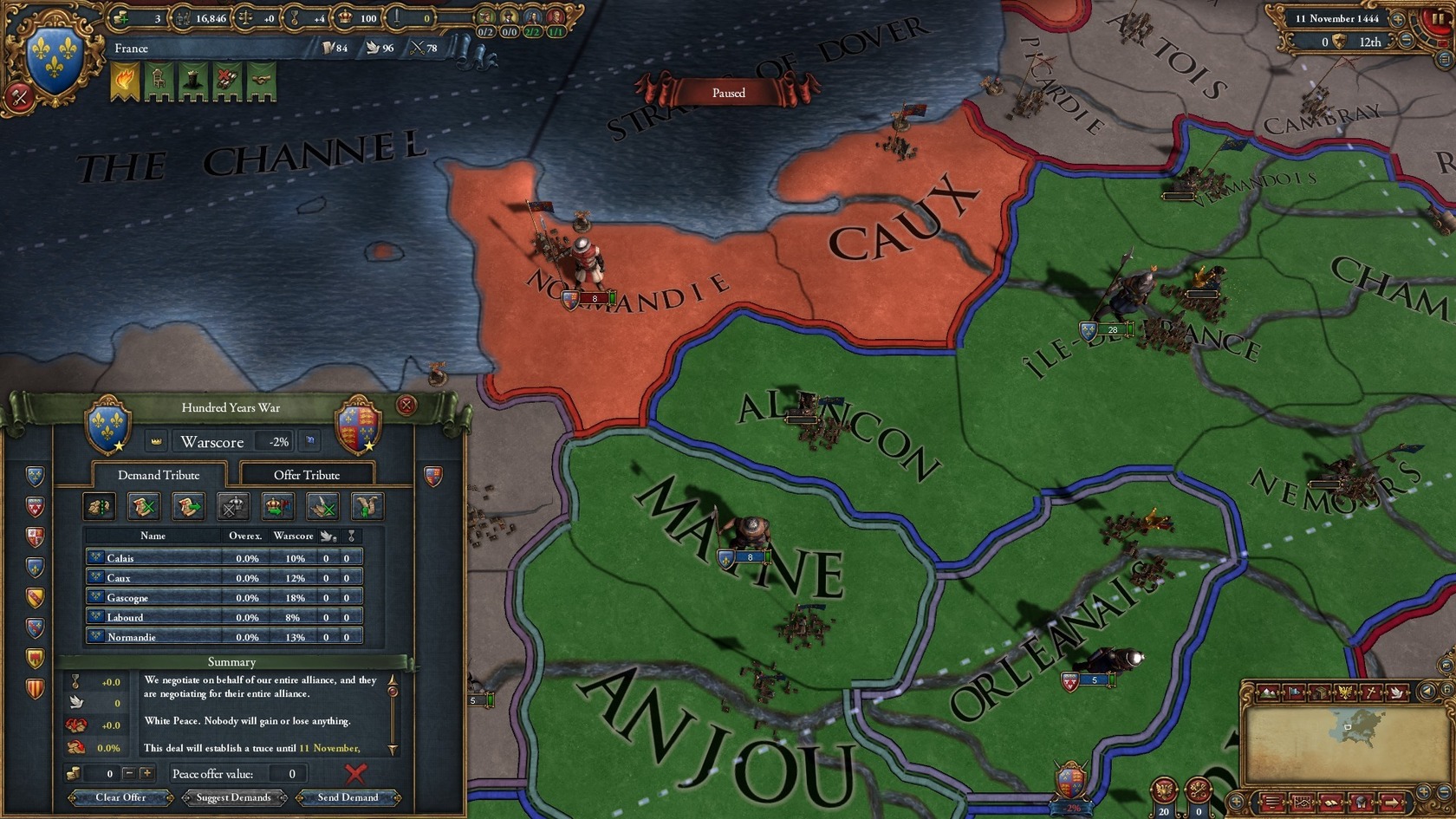

Nearly onethird of all jeeps went to the British or Soviets, while typically 149 were issued to every U.S.
#Art of war 3 purpose of the 3 mines license#
Over the next four years an incredible 640,000 jeeps were built, 56 percent by Ford, which received a production license from Willys. It became a four-wheeldrive, light truck capable of carrying five soldiers, eight hundred pounds of cargo, or towing a 37 mm antitank gun. The heart of the rugged little vehicle was a four-cylinder, 55 hp engine that yielded a surprising twenty miles per gallon fully loaded. The jeep was ten feet, nine inches in length and had an eighty-inch wheel-base its ground clearance was not quite nine inches. As a consolation, Bantam was given the contract for building the trailer designed to be towed by jeeps. The army ordered 1,500 examples from Willys and Ford with deliveries commencing in the spring of 1941. Willys’s exceptional engine produced 105 foot-pounds of torque compared to eighty-five for the Ford, while Bantam’s design was overweight. The Bantam prototype was rolled out on 21 September 1940, followed by Willys and a belated Ford entry. Only two firms responded-American Bantam and Willys-Overland. Army issued a seemingly impossible request to 135 companies: produce a prototype quarter-ton light truck in forty-nine days. When the German army overran Western Europe in 1940, the importance of mechanized transport became apparent to the United States. Easily the most famous vehicle of World War II, the jeep derived its name from the acronym for GP (general purpose) vehicle. Officially the jeep was a quarter-ton truck, but its versatility exceeded that designation. The most iconic of American WW2 vehicles. The most impressive halftracks were M16 (White) and M17 (International) versions mounting quad-.50 mounts for antiaircraft defense. Mines and hand grenades also were included. Armament generally was a pedestal-mounted. Halftracks could reach 45 mph and cruise 220 miles carrying ten to twelve men. Dimensions and performance were similar: about twenty feet long (including a tenthousandpound winch), a six-cylinder, 148 hp engine, and three thousand pounds empty weight.
#Art of war 3 purpose of the 3 mines series#
Army mainly deployed the M2, M3, and M5 series of halftracks, built by Autocar, White, and Diamond T companies.

Its mobility and cross-country capability made it ideal for mechanized infantry, though halftracks also were adapted for light artillery and antiaircraft use. The halftrack was a hybrid, a lightly armored vehicle with front wheels and a tread in the rear. Bulldozer blades also were affixed to Sherman tanks. General Eisenhower considered bulldozers so important that he listed them as one of the significant weapons of the European campaign. After the beachhead was secure, bulldozers were constantly in use by engineers to improve roads and construct advanced airfields. They removed obstacles and bladed clear paths for other vehicles across the dunes leading inland. However, those that did survive unloading and German fire proved extremely useful. The difficulty of unloading the heavy vehicles in deep water proved more of a problem than did enemy action. Even then, very few got ashore in time to help-just three of sixteen at Omaha Beach. infantry division, but more were provided for Overlord. Normally four bulldozers were allotted to each U.S. Some twenty-one thousand were manufactured throughout the war. Army amphibious operations, including the invasion of Italy and Normandy. First employed in Operation Husky, the invasion of Sicily in July 1943, DUKWs were a mainstay of U.S. It could deliver between twenty-five and fifty troops or five thousand pounds of cargo. With all-wheel drive for its three axles it had excellent traction, making it a desirable cross-country vehicle. The Duck was based on a standard two-and-a-half-ton truck chassis with six wheels and could make five and a half knots in water but upward of 50 mph ashore.

The name was derived from the manufacturer’s designators D (model year 1942), U (amphibious), K (all-wheel drive), and W (dual rear axles). Army’s acronym for the amphibious truck (DUKW) was pronounced ‘‘Duck,’’ which was appropriate for a waterborne craft equally at home on land.


 0 kommentar(er)
0 kommentar(er)
